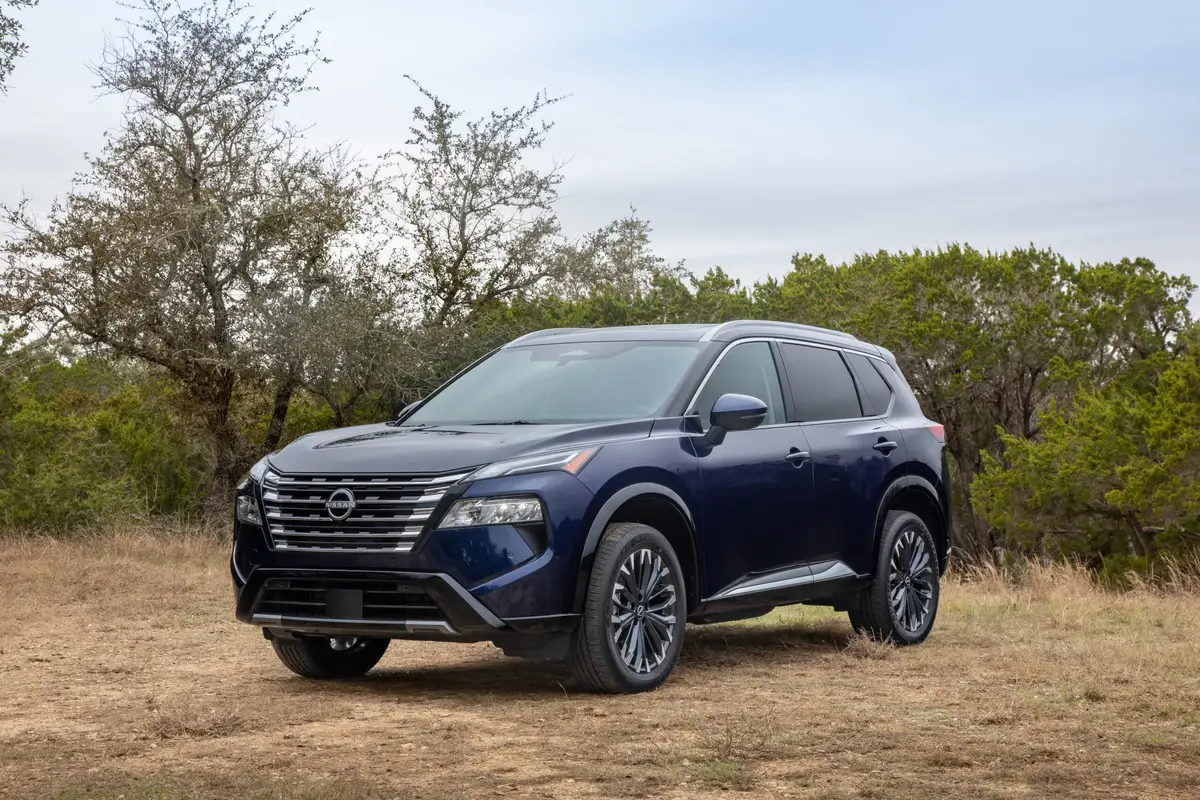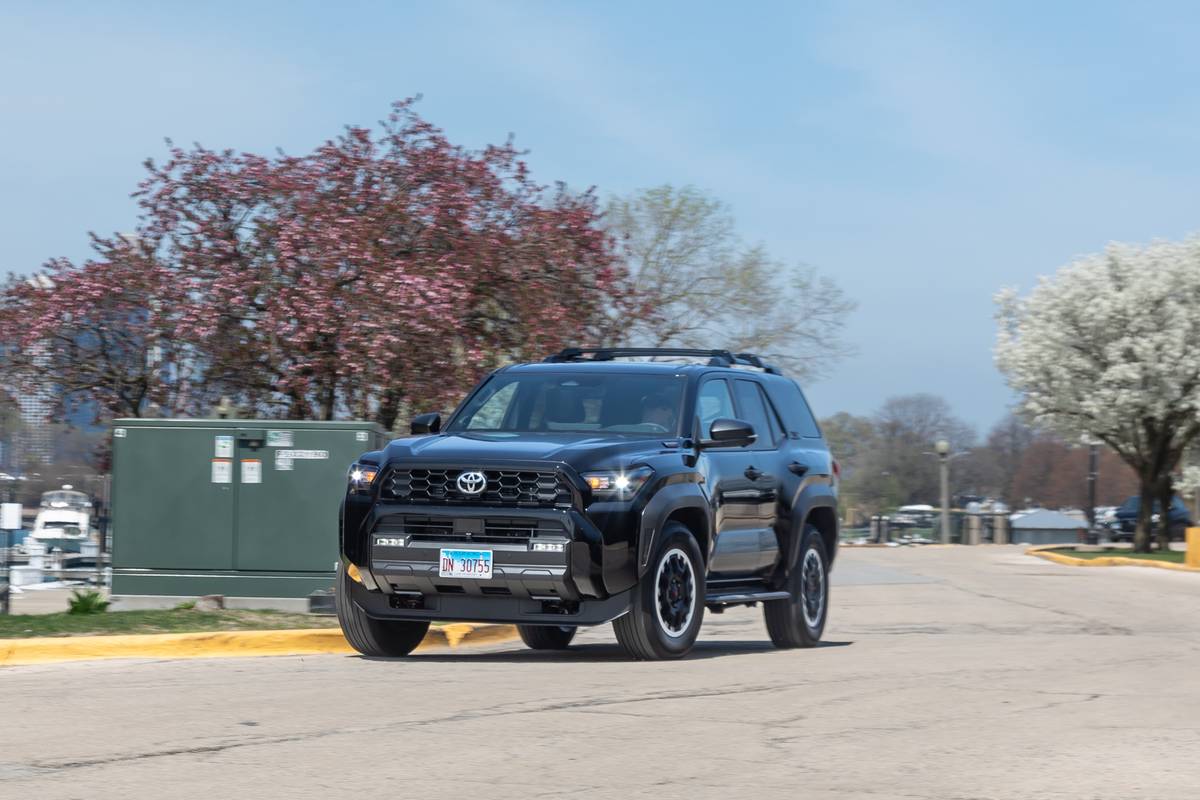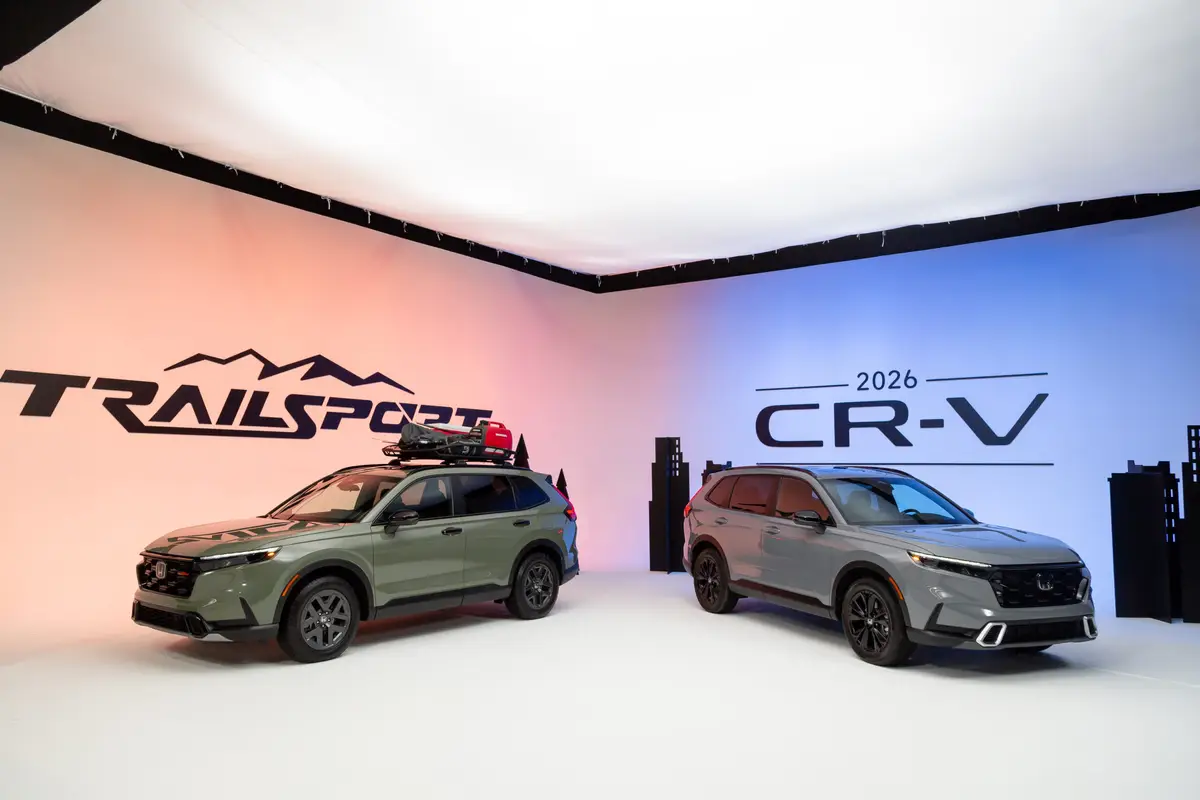IndyStar.com's view
Chevrolet Motor Division entered the full-sized sport-utility market the smart way in 1992. Chevy produced a full-sized ’92 K-Blazer 4WD sport-utility by basing the vehicle’s chassis and power train on the division’s full-sized C/K pickup truck.
With a stroke of the designer pen, the K was given the C/K’s tested mechanical reliability. It was able to carry more people and tow more cargo than the V series Blazer it replaces. It was given more room. And there was significant styling improvement in a body that is all new from the B-pillar rearward.
The exterior sheet metal from the front-door B-pillar forward is identical to that of the ’92 C/K model.
One of the cleverer adaptions given the K is that while it is based on a truck chassis it really doesn’t act like one. There are some decided differentiations from a car, but it hits a happy medium between an outdoor sports-oriented mode of transportation and a strictly utility vehicle.
In making the K a full-sized sport-utility, Chevy adopted the fundamental procedure of starting from the bottom up. Its wheelbase is significantly longer than the unit it replaces, 111.5 inches vs. 106.5 inches for the V series.
The K also has a higher gross vehicle weight rating, and when properly equipped can tow 1,000 pounds more than the V. This puts the unit right on the front line when towing items like big house trailers, big boats, and about anything else that is big and has a set of wheels under it.
The K also is helped in this measure by its four-wheel-drive designation. Drop one of these things into what is known as the “growler” (first) gear and it can just about go straight up.
While the K-Blazer 4WD sounds as if it has all the connotations of a truck, it drives just like a car and just as easily.
The K that General Motors Corp.’s Tom Beaman provided for a test vehicle was equipped with a four-speed automatic transmission, an $890 option, but it made operating the Blazer the same as driving a Chevrolet sedan.
Controls, switches and the like were basically the same, and it simply was a matter of putting the shift quadrant in Drive and going forward.
Before doing that, however, there was the matter of getting behind the wheel. This constituted a considerable difference over stepping into a Chevy four-door, and marked the K’s off-road heritage.
It was equipped with big, optional off-road tires that required driver and passengers to climb up and into their seats. Chevy might do itself a favor by incorporating a rocker panel step plate to assist in situations such as this.
Once behind the wheel, a driver couldn’t ask for more comfortable seating, unless oriented toward luxury automobiles. The seating wasn’t as cushy as a Cadillac, but it was comfortable and there was room to move around.
I expected a ride that had all the characteristics of a slab of cement. But not in this case.
Unless you went out looking some big holes to drop a wheel into, the ride was quite decent. There was a li ttle pitch over rippling pavement, and with the vehicle’s high center of gravity a little roll in fast turns. But on balance, the ride over city streets was devoid of jarring.
While riding along, one is struck by the commanding view. That is an advantage of high seating. Both driver and passengers have an unobstructed view in all directions.
A driver can keep track of traffic all around the vehicle. Being able to look over the roofs of automobiles ahead, it also is possible to keep from getting trapped in a line of cars halted by someone making a turn against oncoming traffic.
Chevrolet regards the K as a six- passenger vehicle, one more than was available with the V series. To do this, however, calls for seating four abreast in a very wide rear seat. Up front, seating was by two individual seats separated by a center console. Horsepower, torque needed
Because of its size and four- wheel-drive system, the K is no lightweight. It needs horsepower and torque not only t o tow but also to move its own bulk.
Under the hood is Chevy’s 350-cubic-inch (5.7-liter) V-8, the only way the vehicle comes. This power plant is tested and true and as strong as a bridge. With its 300 foot-pounds of torque and a four-speed range of gears, the V-8 virtually can move mountains.
The engine also is available with a standard five-speed manual transmission for those who want to do it themselves. With the five- speed gearbox, there is even a deeper selection of gear ratios.
The test runs on the K were, of course, made in warm weather and only in rear-drive since there was no need to drive all four wheels on dry pavement. In a severe winter and with the heavily ribbed rubber on it, the K 4WD would really come into its own.
The 4WD can be used in the summer, as the vehicle is equipped with Chevy’s patented Insta-Trac shift-on-the-fly system that lets a driver go from rear-wheel to four-wheel drive at any speed. If the pavement is wet or a driver is driving through a severe storm and feels more comfortable with all four wheels driving, he can just move the floor-mounted Insta-Trac shift lever forward to 4WD.
The K-Blazer 4WD is an all- seasons vehicle that is equally at home in the city and in the country. While it has some special-purpose orientations that will not make it suitable for everyone, but for those who need or just want a unit of this type, the K is Chevrolet’s major new thrust into the full-size sport-utility market. And it is good for anything you want to do with it.
Latest news

10 Biggest News Stories of the Week: Nissan Rogue Does Best; Hyundai Palisade, Subaru Outback FTW


